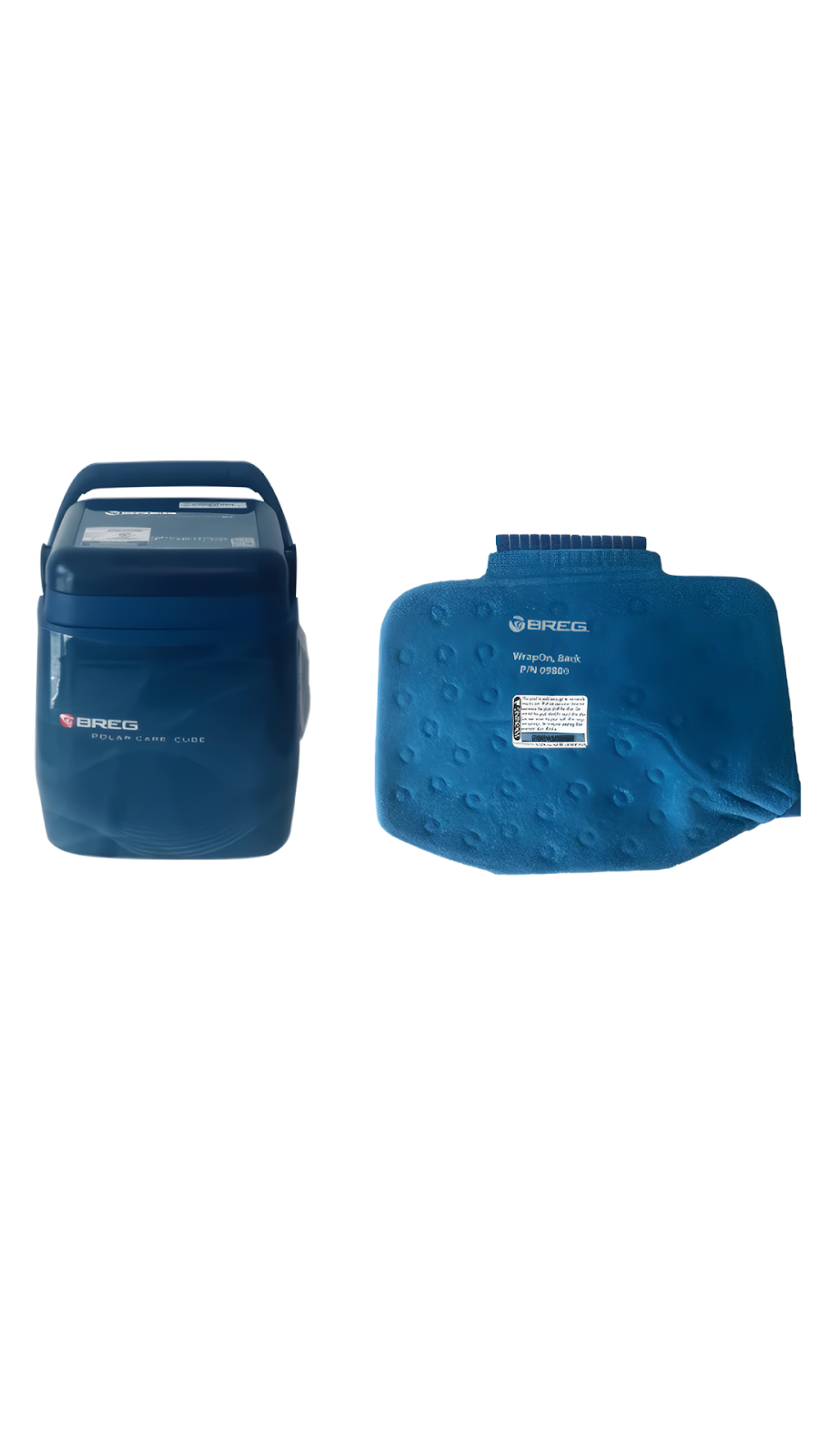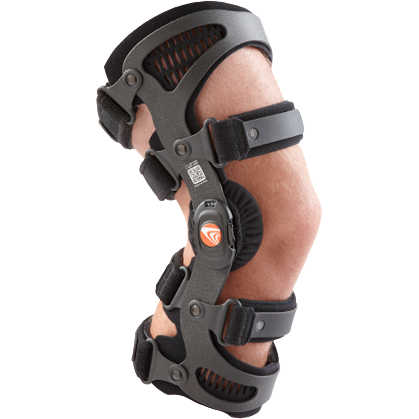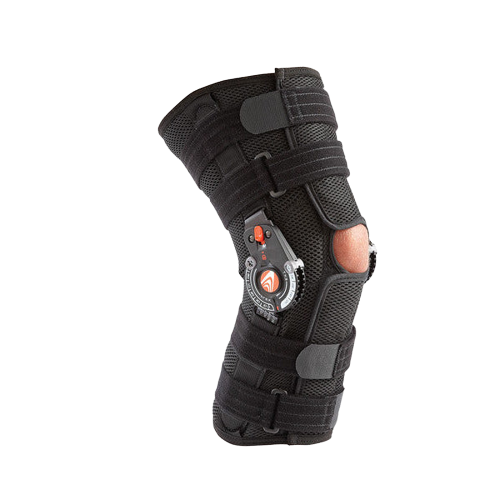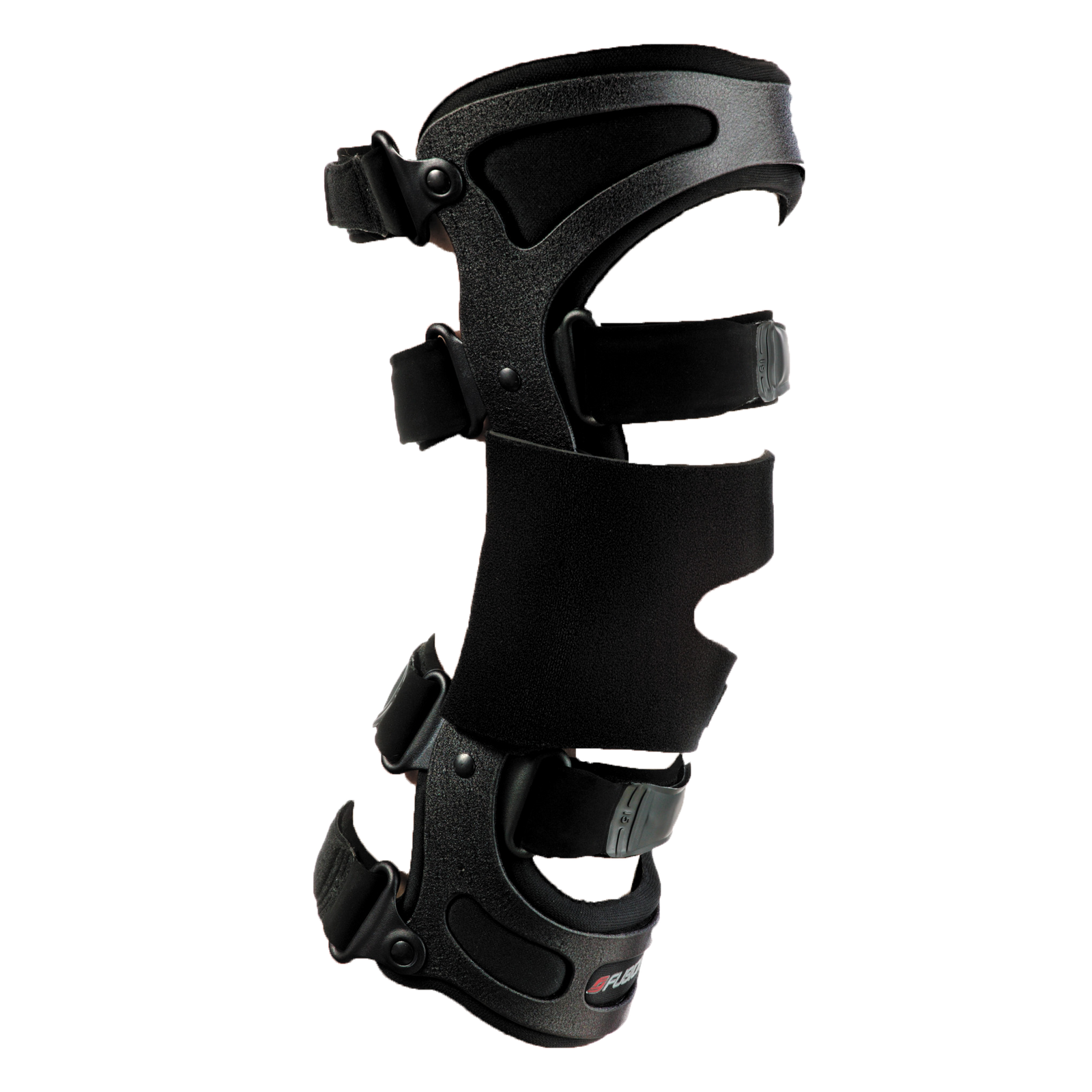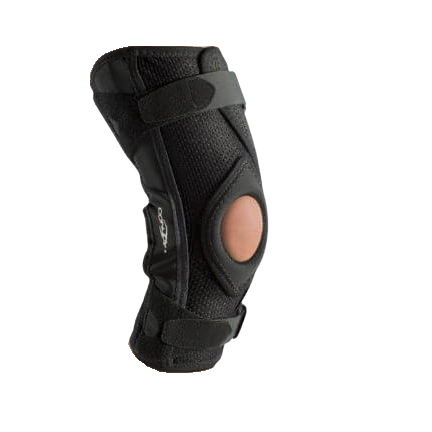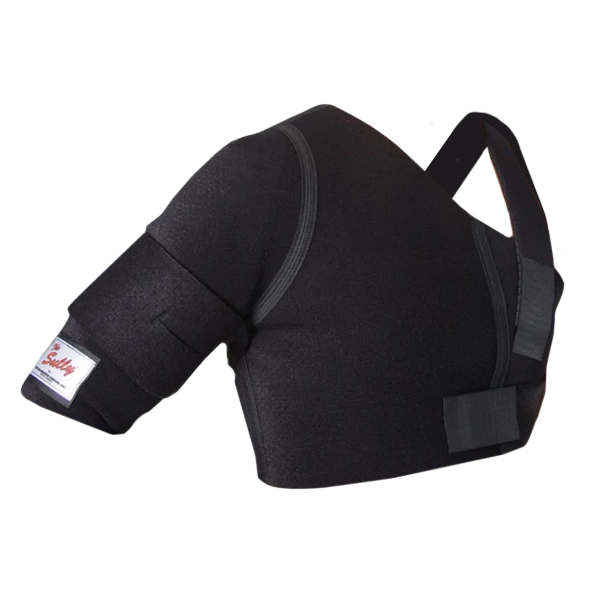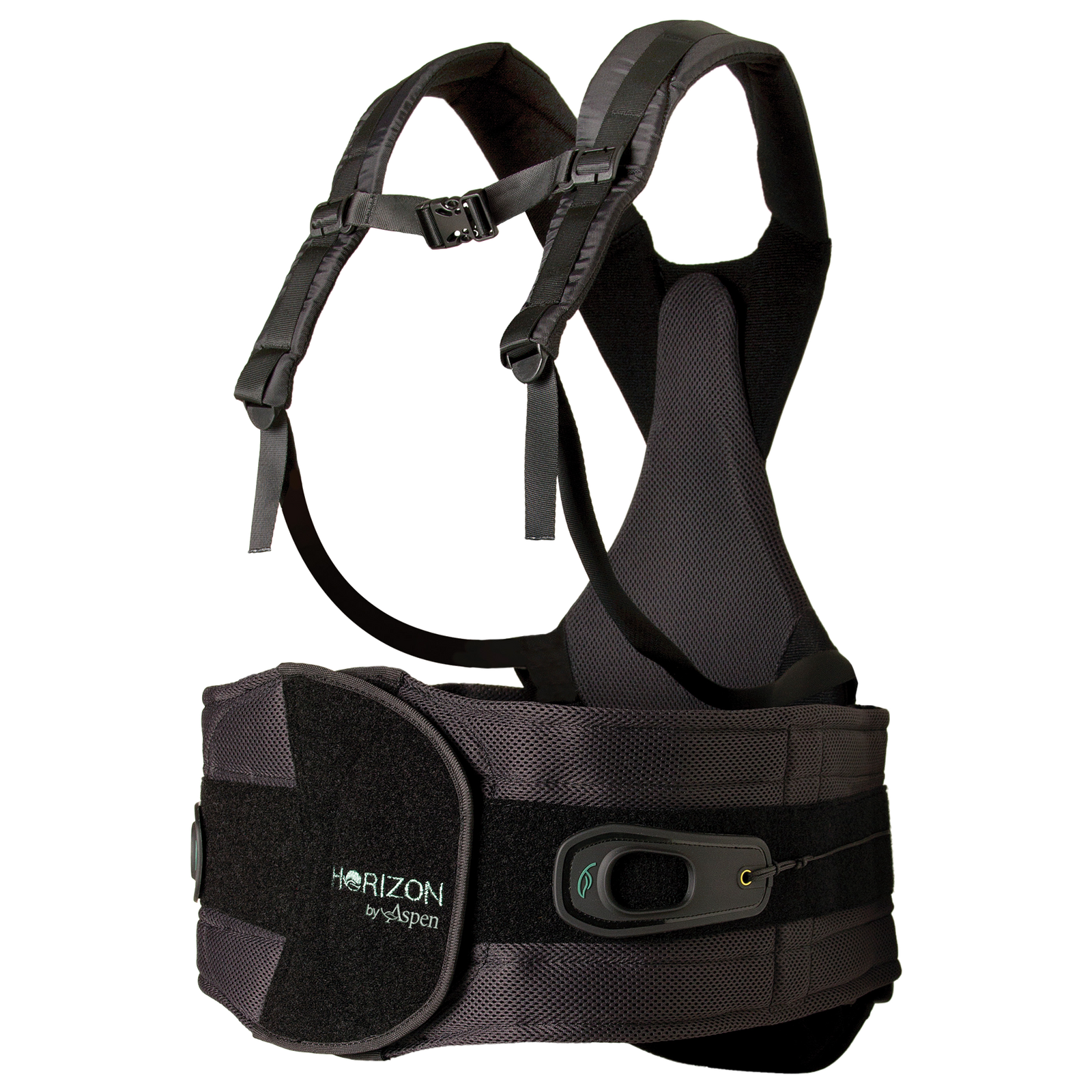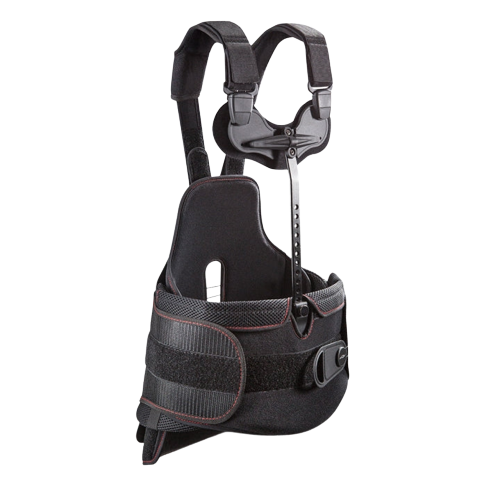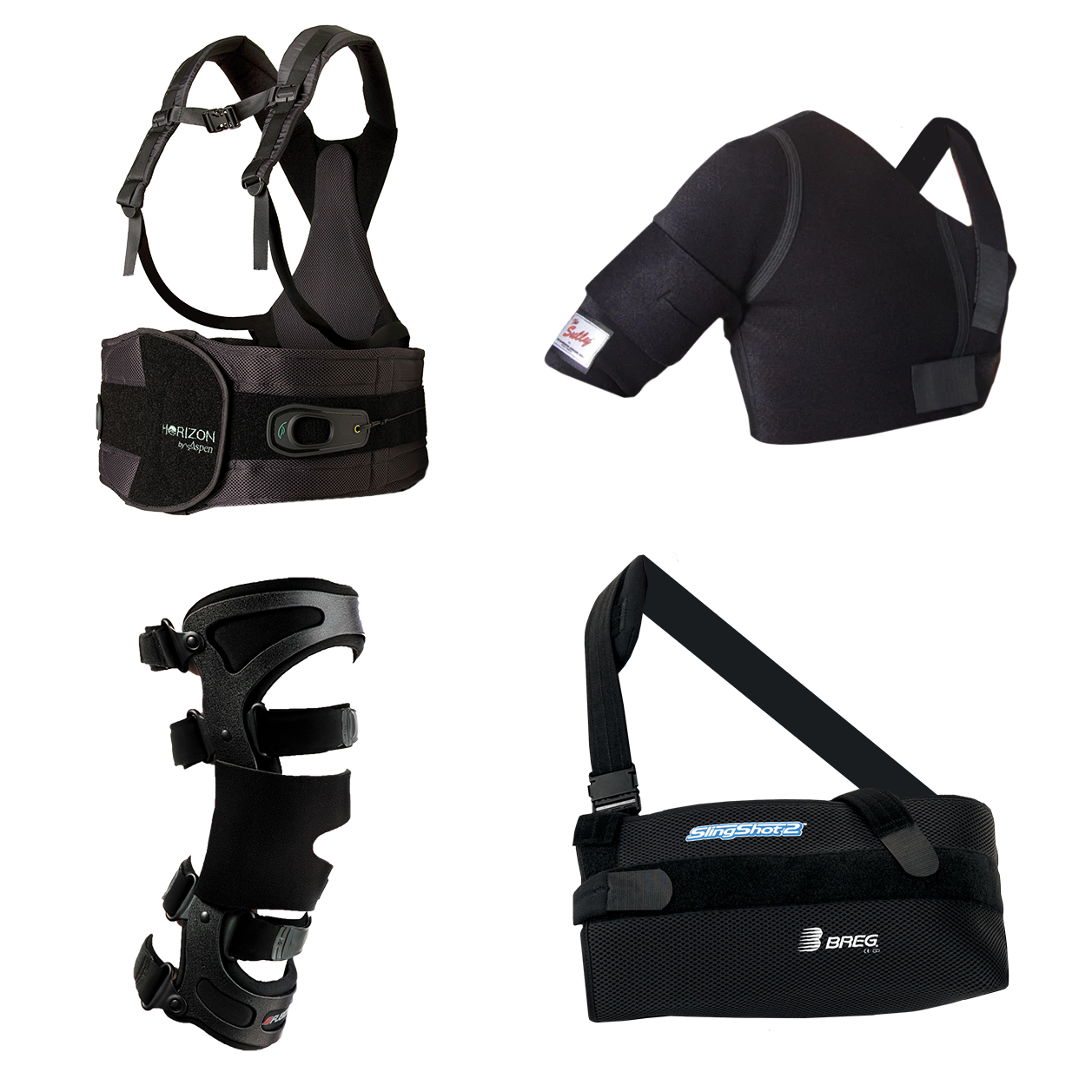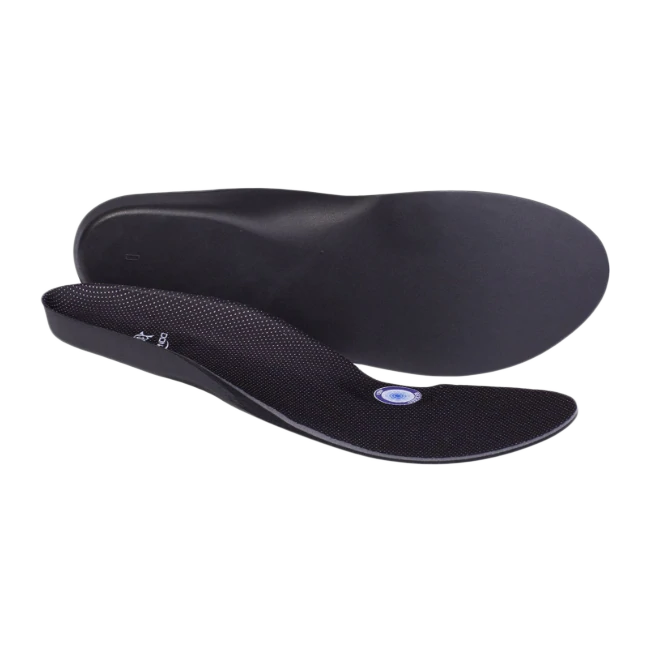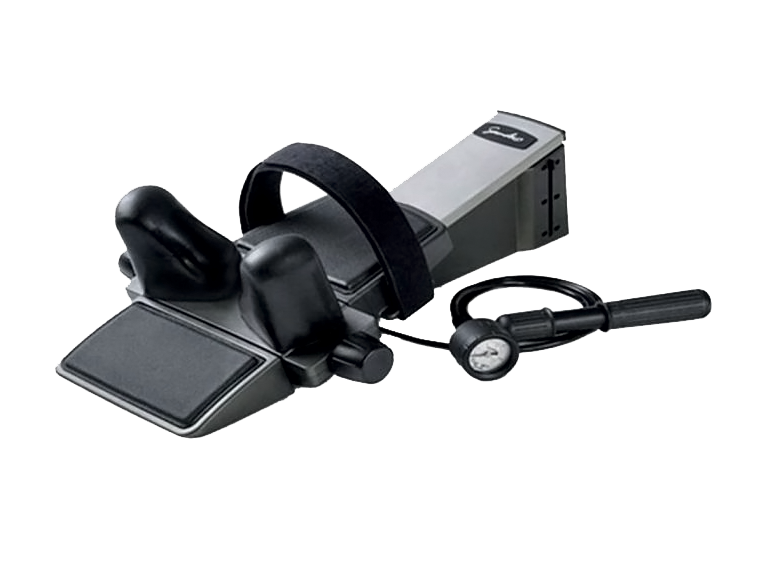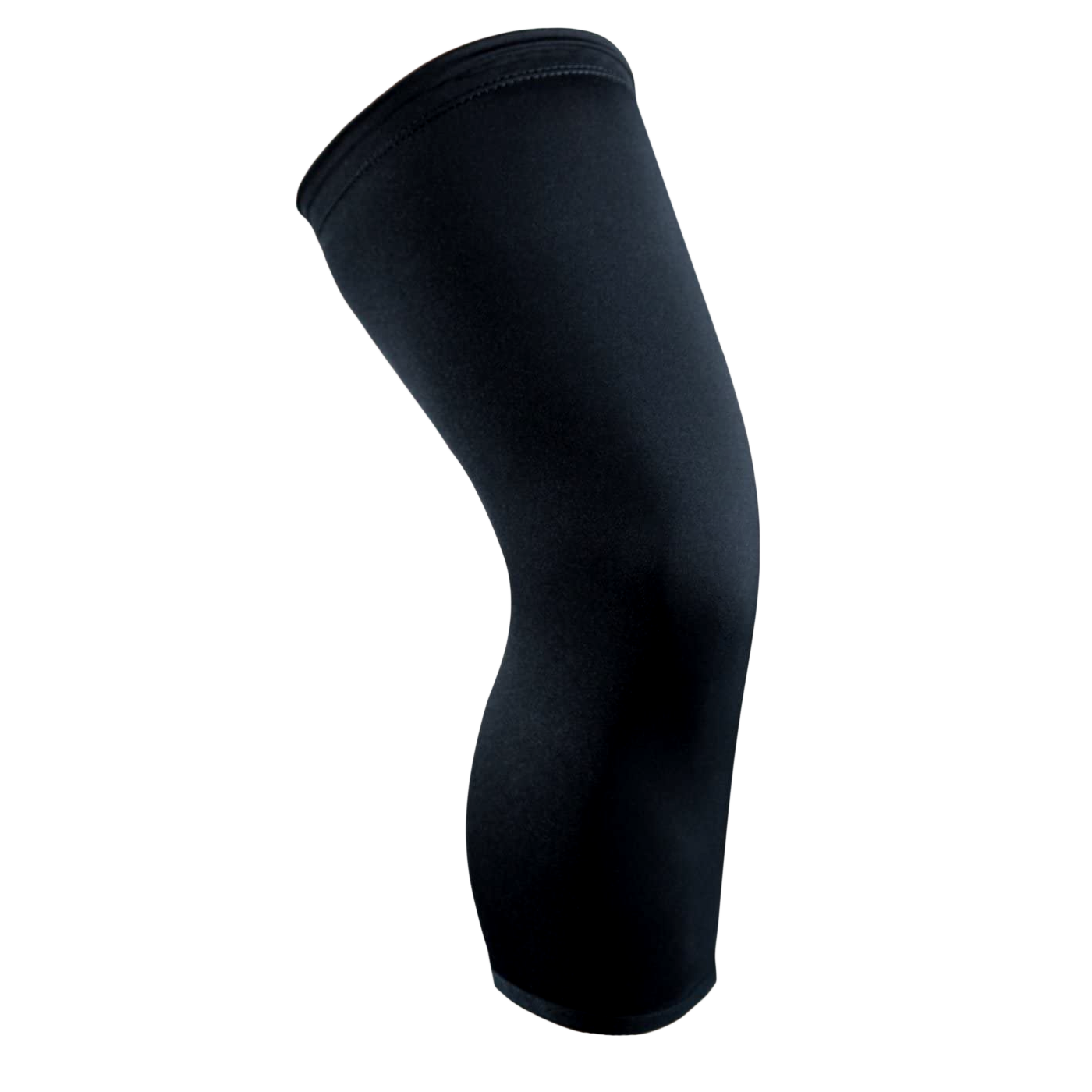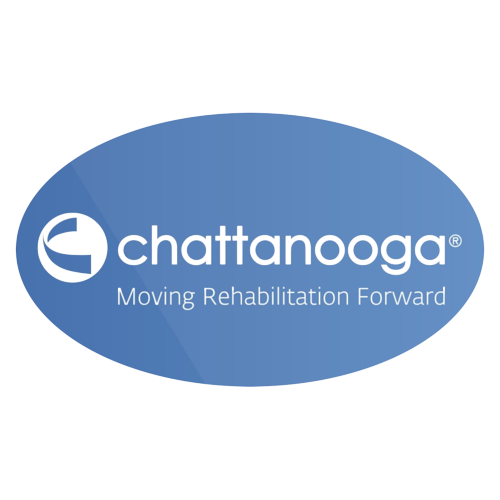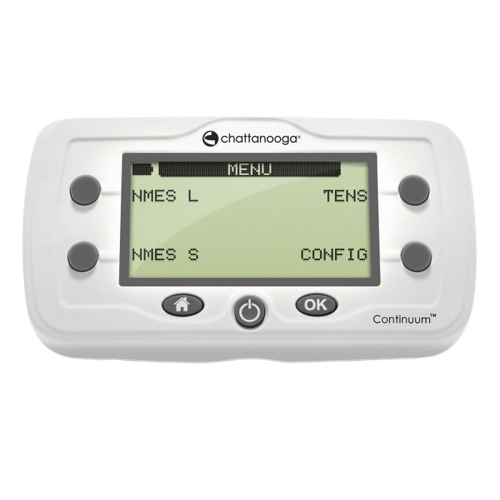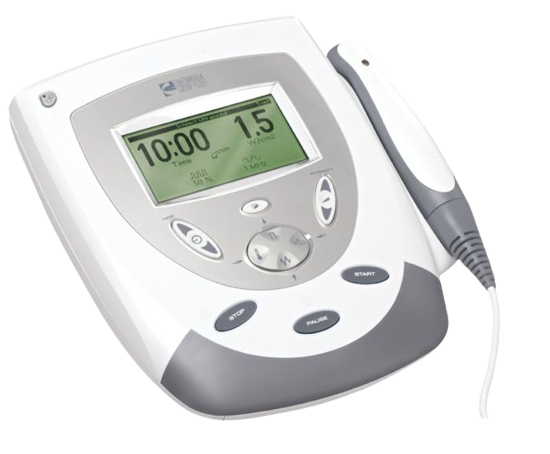
Key Takeaways:
- Heat vs. Cold Therapy: Heat therapy is ideal for chronic pain and stiffness, while cold therapy is best suited for acute injuries and inflammation.
- Safe Application: Whether you use heat or cold therapy, always prioritize safety. Follow the recommended application times and monitor your skin for discomfort.
- Consult a Professional: If unsure of which therapy to use or have concerns, seek guidance from a healthcare professional to ensure optimal results.
At OrthoBracing, we understand the importance of effective recovery solutions for managing pain and promoting healing. That's why we offer a range of top-quality products designed to help you heal faster and feel better, whether you're dealing with an injury, surgery, or chronic pain. From advanced cold therapy machines to supportive braces, we provide the tools you need to recover with confidence.
When it comes to pain management, the debate between heat and cold therapy is a common one. Should you apply heat to soothe sore muscles or use cold to reduce inflammation? Whether you’re recovering from a recent injury or dealing with long-term discomfort, knowing which therapy to use and when can make a big difference in your healing process.
In this article, we’ll break down the science behind heat and cold therapy, explore the benefits of each, and discuss when to use them for optimal results. By the end, you’ll clearly understand how these therapies work and which one is best suited to help you recover quickly and effectively.
Understanding Heat And Cold Therapy
Heat and cold therapy are essential to alleviate pain and promote recovery in various conditions. Cold therapy, or cryotherapy, involves applying low temperatures to an injured area, constricting blood vessels, reducing inflammation, and numbing pain. It is particularly effective for acute injuries like sprains and strains, helping minimize swelling and discomfort immediately after the injury. Cold therapy is commonly administered through ice packs, cold compresses, or specialized Cold Therapy Machines.
On the other hand, heat therapy involves applying warmth to relax muscles, improve blood circulation, and promote healing in chronic pain conditions. Heat helps dilate blood vessels, increase blood flow, deliver essential nutrients to the affected area, and ease muscle tension and stiffness. This method benefits conditions like arthritis, muscle spasms, and ongoing pain, providing comfort and enhancing mobility.
Heat therapy can be delivered through heating pads, warm towels, or hot water bottles and should be used cautiously to avoid burns or overheating. Together, heat and cold therapy offer complementary benefits that can be tailored to individual needs for optimal pain relief and recovery
How Heat Therapy Works: The Benefits Of Applying Warmth
Understanding how heat therapy aids in recovery is crucial for anyone navigating the post-surgical healing process. At its core, heat therapy involves applying warmth to specific areas of the body to alleviate pain, enhance circulation, and relax muscles. This method has been a cornerstone of physical therapy and rehabilitation for individuals recovering from orthopedic surgery.
Enhancing Circulation
When heat is applied to a part of the body, it dilates the blood vessels in the treated area. This dilation improves blood flow, accelerating the transport of nutrients and oxygen to damaged tissues. Enhanced circulation is instrumental in the healing process, helping to repair injured muscles and tissues more efficiently.
Alleviating Pain
Heat therapy is particularly beneficial for its pain-relief properties. Warmth soothes discomfort by reducing muscle stiffness and promoting flexibility. This is essential for patients recovering from surgeries, as it can significantly decrease the reliance on pain medication, thereby sidestepping potential side effects associated with such medications.
Muscle Relaxation And Increased Range of Motion
Heat application relaxes muscles, which is particularly beneficial following orthopedic surgery. Relaxed muscles ease spasms and reduce the sensation of pain. Moreover, this relaxation supports an increased range of motion, a critical component for effective rehabilitation. Achieving greater mobility through relaxed muscles can significantly impact the speed and quality of recovery.
When Should You Use Heat Therapy? Common Injuries And Conditions
Heat therapy is a powerful tool in the arsenal of pain relief and healing strategies, especially when it comes to orthopedic surgery recovery. Understanding when to use heat therapy can improve your comfort level and expedite recovery. Here's a breakdown of common injuries and conditions where heat therapy shines.
Chronic Muscle Pain And Stiffness
Heat therapy is exceptionally beneficial for chronic conditions such as muscle pain, stiffness, and spasms. The warmth increases blood flow and oxygen to the affected areas, promoting muscle relaxation and reducing discomfort. Incorporating heat therapy can facilitate more comfortable movement during the rehabilitation phase for those recovering from orthopedic surgeries.
Osteoarthritis And Other Chronic Conditions
Osteoarthritis and similar chronic joint conditions can greatly benefit from regular heat therapy. The warmth not only eases joint stiffness but also diminishes pain. For individuals navigating the complexities of osteoarthritis, heat therapy can be a soothing complement to their prescribed treatment plans.
Soft Tissue Injuries
Heat therapy can play a key role in the later stages of recovery from soft tissue injuries such as strains or sprains. Once the initial swelling and inflammation have decreased, applying heat can help restore flexibility and decrease pain by improving blood circulation to the recovering tissues.
Before Exercise
Gentle exercise and physical therapy are usually part of the rehabilitation process for those recovering from orthopedic surgery. Applying heat therapy before starting an exercise routine can help relax the muscles and increase flexibility, thereby reducing the risk of injury.
Exploring Cold Therapy: Why Cold Helps With Pain Relief
Understanding the therapeutic application of cold therapy, also known as cryotherapy, is crucial for orthopedic surgery recovery and pain relief. Cold therapy plays a significant role in alleviating pain, reducing inflammation, and speeding up the healing process. Here, we delve into why cold therapy is highly effective for pain relief and how it can be integrated into your recovery regimen.
Cold therapy reduces blood flow to a specific area, which can significantly decrease inflammation and swelling that causes pain, especially around a joint or a tendon. It is particularly useful in the acute phase of injury or right after surgery for the first 48 to 72 hours. Applying cold to the affected area numbs the surrounding nerve endings, delivering immediate pain relief and reducing the risk of muscle spasms.
Moreover, cold therapy contributes to pain relief by slowing the transmission of pain signals to the brain. This process is essential in managing pain levels and enhancing patient comfort during recovery. However, it is important to use cold therapy correctly to achieve optimal outcomes.
When Is Cold Therapy The Best Option? Injury And Inflammation Care
Renowned for its efficacy in managing acute injuries and inflammation, cold therapy plays a crucial role in healing. The question of using heat vs. cold therapy is a common one among patients aiming for a swift and efficient recovery. Here's how to determine when cold therapy is your best ally.
- Immediate Post-Injury Care: Cold therapy is most beneficial immediately following an injury or surgical intervention. The application of cold helps to constrict blood vessels, which can significantly reduce blood flow to a specific area. This blood flow reduction helps decrease swelling, inflammation, and bruising, making it an essential first step in injury care.
- Pain Relief: Cold therapy effectively numbs the injured region, acting as a local anesthetic. It helps reduce nerve activity, offering immediate relief from pain without the use of medication. For individuals recovering from orthopedic surgery, incorporating cold therapy can be a cornerstone in managing post-operative pain.
- Inflammation Management: Inflammation is the body's natural response to injury, but excessive inflammation can prolong the healing process and increase discomfort. Cold therapy helps in reducing the inflammatory response, facilitating a smoother and often faster recovery.
- Sports Injuries: Athletes who experience overuse injuries, such as tendonitis or shin splints, can benefit from cold therapy to reduce inflammation and manage discomfort.
How To Use Heat And Cold Therapy Safely At Home
Heat and cold therapy are effective methods for managing pain and promoting healing. However, using them safely is crucial to avoid injuries or complications. Here’s a guide on how to use heat and cold therapy safely at home.
When To Use Cold Therapy:
Apply cold therapy implements within the first 48 hours after an acute injury, such as sprains, strains, or bruises. Use for inflammation or swelling. Some popular methods of cold therapy application are:
- Ice Packs: Wrap ice cubes in a cloth or use a commercial ice pack.
- Cold Compresses: Soak a towel in cold water, wring it out, and apply it to the affected area.
- Cold Therapy Machines: Consider using a cold therapy machine for controlled and consistent cooling.
It’s imperative to stay safe when using cold therapy methods. Stay aware of these tips for staying safe while rehabilitating your injury:
- Limit Time: Apply cold therapy for 15-20 minutes, then remove and allow the skin to return to normal temperature. You can repeat every 1-2 hours.
- Protect Skin: Always use a barrier (like a cloth) between the ice pack and your skin to prevent frostbite.
- Monitor Sensation: Check the area periodically for signs of excessive cold or skin damage. If you experience extreme discomfort or skin irritation, remove the cold source immediately.
When to Use Heat Therapy:
Heat therapy is great to apply for chronic pain, muscle tightness, or stiffness. You can use heat therapy before physical activity or rehabilitation exercises to relax muscles. Some popular application methods for heat therapy are:
- Heating Pads: Electric or microwaveable heating pads are effective.
- Warm Towels: Soak a towel in warm water, wring it out, and apply it to the affected area.
- Warm Baths or Showers: Soaking in warm water can provide overall muscle relaxation.
The recommended safety tips for using heat therapy are the following:
- Limit Time: Apply heat for 15-30 minutes at a time. Repeat as needed, but monitor your skin's reaction.
- Check Temperature: To prevent burns, ensure that the heat source is warm, not hot. Test on a sensitive area first.
- Stay Hydrated: If using heat therapy in a bath or prolonged method, drink water to stay hydrated.
Common Mistakes People Make With Heat And Cold Therapy
Understanding the proper use of heat and cold therapy is crucial when navigating the healing process, particularly after orthopedic surgery. However, despite their effectiveness in promoting recovery and pain relief, it’s common to encounter misconceptions and errors in their application. Recognizing these mistakes can empower patients to optimize their recovery journey.
Misjudging The Phase of Injury
One of the most frequent mistakes lies in misunderstanding which phase of injury recovery one is in, and, correspondingly, whether heat or cold therapy is appropriate. Cold therapy is most beneficial immediately following an injury or surgery up to 48 hours afterward, helping to reduce swelling and numb pain. On the other hand, heat therapy is ideal for the later stages of healing, encouraging blood flow to the injury site to promote healing and ease muscle stiffness.
Applying Therapy For The Incorrect Duration
Another common error involves the duration of therapy application. For cold therapy, applications should last for about 15 to 20 minutes multiple times a day. Exceeding this duration can lead to nerve damage or frostbite, negating the therapy’s benefits. Conversely, heat therapy should also be limited to 15-30 minute intervals to prevent burns or increased swelling, ensuring it remains a safe and beneficial part of the recovery process.
Ignoring Individual Responses To Therapy
Each individual's response to heat and cold therapy can vary. A common mistake is failing to adjust therapy based on personal comfort and recovery progress. Continuous monitoring and adjustments, such as modifying the frequency of application or alternating between heat and cold therapies, depending on the body’s reaction, are essential for achieving optimal results without causing harm.
Neglecting Professional Guidance
Lastly, neglecting to seek professional advice is a critical error. Whether considering the phase of the injury, the duration of therapy, or the selection of quality equipment, guidance from healthcare professionals is invaluable. They can provide personalized recommendations catering to individual recovery needs, ensuring that heat and cold therapies are used to their maximum potential without risk.
Final Thoughts
Deciding between heat vs. cold therapy for healing post-orthopedic surgery is integral in navigating your recovery path efficiently and effectively. Understanding each therapy's specific benefits can optimize your healing process and pain relief. Cold therapy is supremely beneficial in the immediate aftermath of injury or surgery, helping to reduce inflammation and numb the area to alleviate pain. On the other hand, heat therapy is crucial in relieving chronic discomfort and enhancing mobility by relaxing muscles and increasing blood flow to the affected area.
Armed with this knowledge, you can tailor your recovery regimen to suit your body’s needs at various stages of healing. Remember, proper application—focusing on the appropriate length of time for each type of therapy—is vital to maximizing the benefits while minimizing any potential harm.
At our company, we understand the importance of a tailored recovery process, which is why we offer a selection of the highest-quality brands, such as AirCast, Breg, Chattanooga, DonJoy, and Exos, for orthopedic surgery recovery and pain relief. Your journey to recovery is unique, and with the right tools and knowledge, you can make informed decisions about using heat and cold therapy to enhance your healing process.
Read also:
- The 7 Best Cold Therapy Machines for Faster Recovery Times
- How To Use An Ice Machine For Knee: Step-By-Step Guide
- How Long to Use Cold Therapy After Surgery
Frequently Asked Questions About Heat Vs. Cold Therapy: When To Use Each For Healing
How long should I apply heat to an injured area?
Heat therapy is most effective when applied for 15-20 minutes. This time frame is sufficient to penetrate deeply, increasing blood flow and relaxing muscles without overheating the skin or underlying tissues. It’s important to use a heat source that maintains a consistent temperature to ensure safety and therapeutic effectiveness.
How long should I apply ice to an injured area?
For cold therapy, it's advised to apply ice or a cold pack for short periods, typically 10-20 minutes. This interval helps reduce inflammation and numb the pain without risking damage to the skin or nerves from overexposure. Repeating this process several times a day, as needed, can provide significant relief and assist in reducing swelling.
Are there risks to using heat therapy?
Yes, there are a few risks associated with heat therapy. If used improperly, heat can cause burns or worsen certain conditions. It should not be used on areas of the body that are swollen, bruised, or have open wounds. Additionally, individuals with certain conditions like diabetes, dermatitis, vascular diseases, deep vein thrombosis, or those with decreased sensation should consult a healthcare provider before using heat therapy.
Are there risks to using cold therapy?
Like heat therapy, cold therapy poses certain risks if not used correctly. Overuse can lead to skin, nerve, or tissue damage. It's also not recommended for individuals with conditions affecting circulation or sensory disorders. Always use a protective barrier between the ice or cold pack and the skin to minimize risks, and strictly adhere to recommended time frames.
What is the difference between moist heat and dry heat therapy?
Moist heat therapy, such as warm baths, steamed towels, or moist heating packs, penetrates the skin more deeply and quickly than dry heat because moisture transmits heat better than air. It is more effective at providing deep tissue relief. Dry heat from heating pads or dry heating packs may be more convenient and less messy but can dehydrate the skin and take longer to provide relief.
How do I prevent skin damage when using cold therapy?
Always wrap ice packs or cold sources in a towel or cloth to prevent skin damage from cold therapy—never apply them directly to the skin. Check the skin frequently for any signs of damage, such as redness, blisters, or numbness, and limit application time to 20 minutes per session. If any signs of frostbite or skin damage appear, discontinue use immediately and consult a medical professional.

